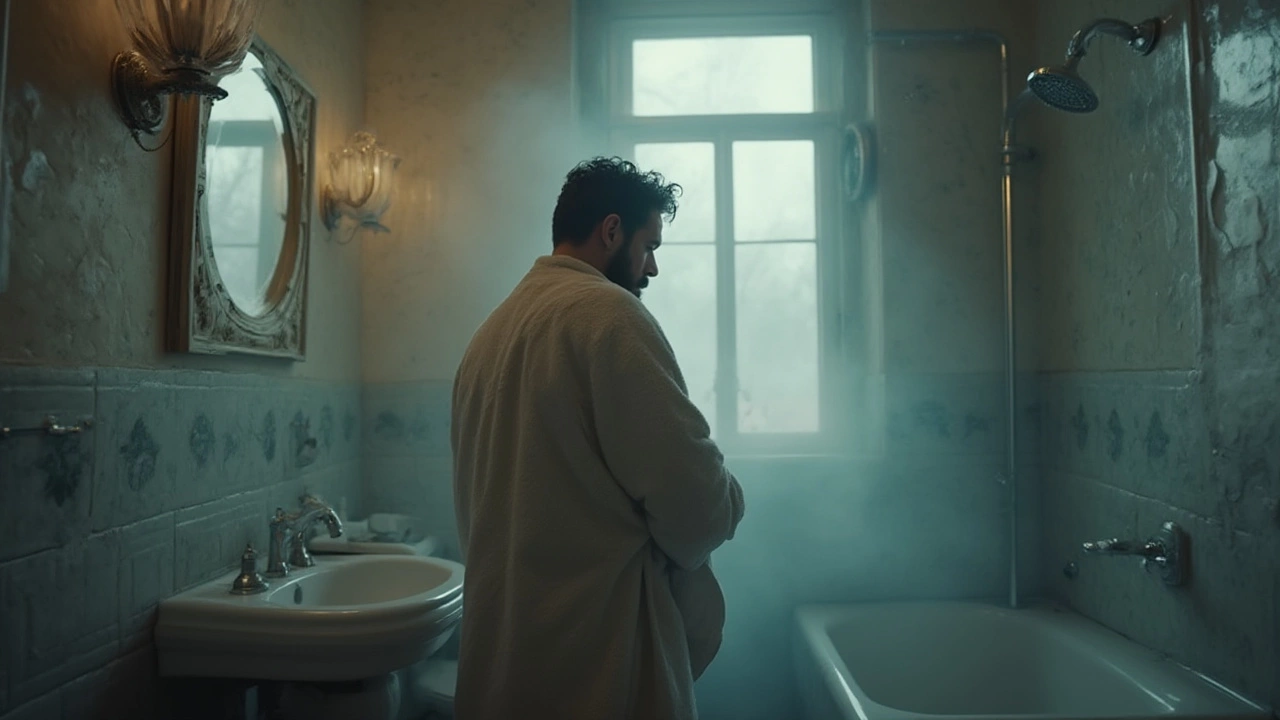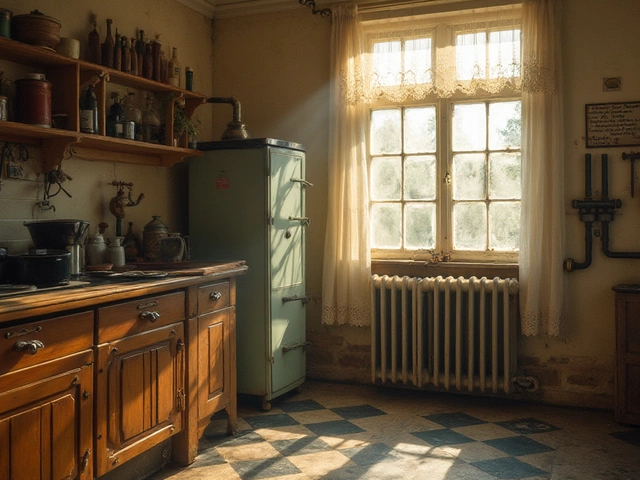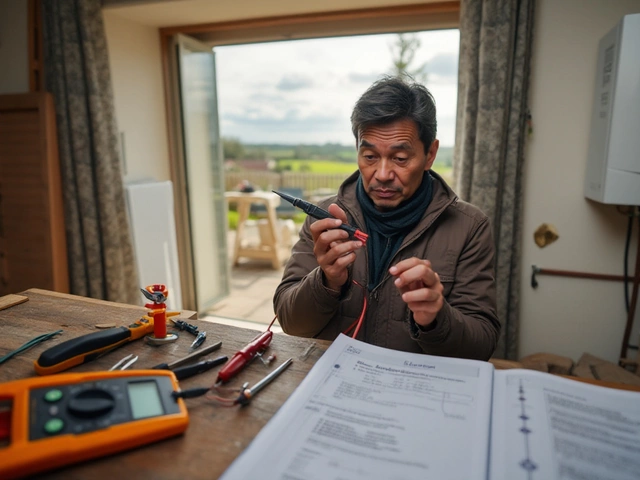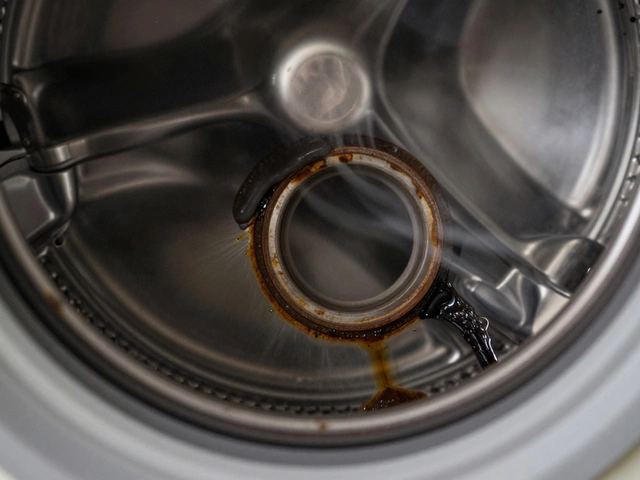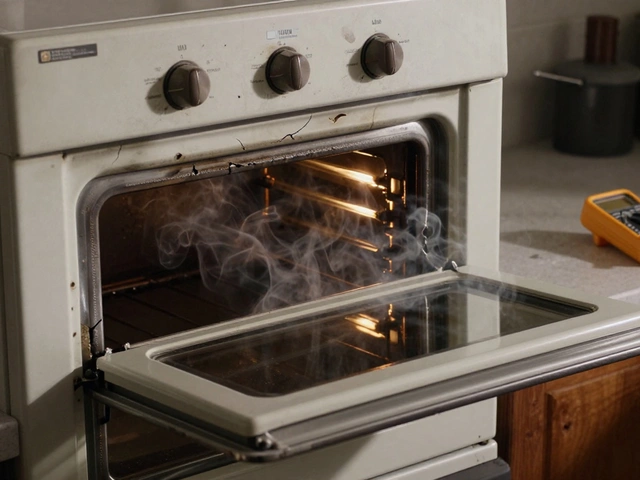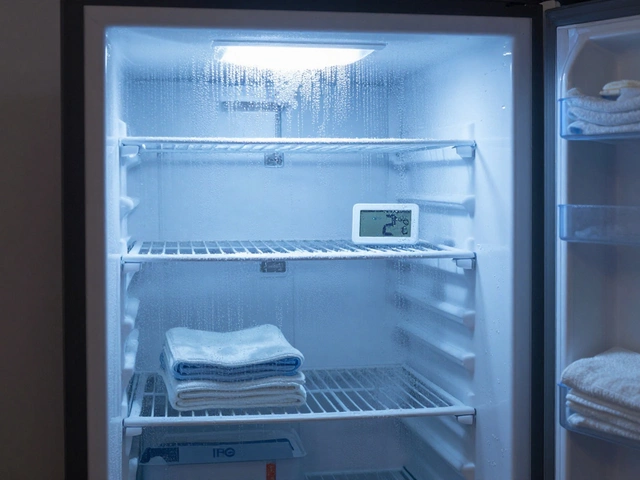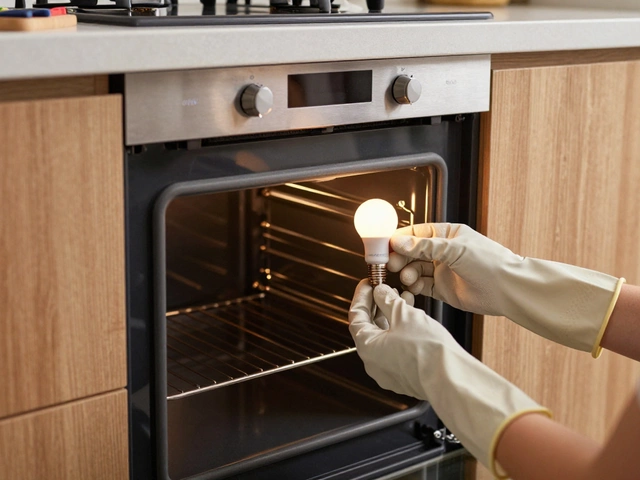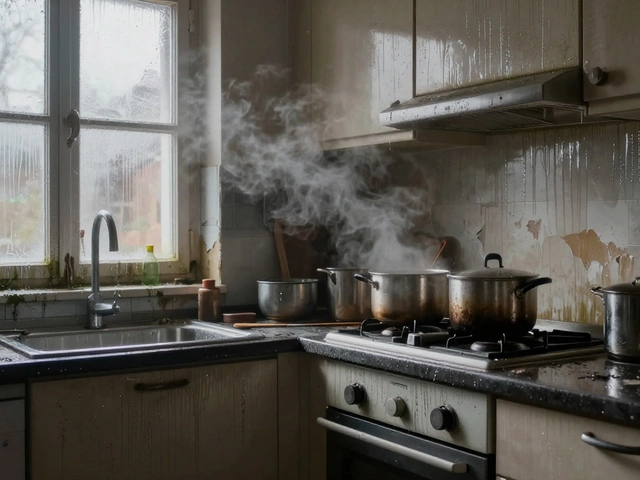You wake up, jump in the shower, and boom—ice-cold water smacks you awake. There’s nothing like that shock to ruin your morning. It’s easy to think your water heater is toast, but often, hot water problems have surprisingly fixable causes. Skipping that steaming-hot shower might feel tragic, but before you panic or call for backup, you’ll want to figure out what’s going on.
How Hot Water Gets to Your Shower and Where Things Go Wrong
Most people don’t give their water heaters a second thought—until something fails. At the heart of getting hot water to your shower are a tank (or tankless) water heater, several pipes, thermostats, and valves. A little disruption anywhere can break the chain. Old or newer home, electric or gas, city or well—hot water experience depends on lots of little moving parts.
The average U.S. water heater is expected to last about 8–12 years, according to the Department of Energy. Issues usually start with a lack of maintenance. Sediment buildup from hard water is a silent killer and can eat up to 30% of your heater's efficiency. A drop in water temperature might feel sudden, but in most homes, little changes happen for weeks or months leading up.
Common troublemakers? Tripped circuit breakers, blown fuses, broken heating elements, pilot lights that won’t stay lit, or worn-out thermostats steal the crown. Sometimes, it’s a faulty mixing valve right at your shower. And every winter, when temperatures plummet, frozen pipes or energy-hogging appliances elsewhere can leave your shower running shockingly cold.
Feeling clueless? Don’t be. Table 1 below breaks down the most likely culprits based on what kind of water heater you have and the age of the system.
| Heater Type | Age Group | Common Hot Water Problem | DIY Difficulty |
|---|---|---|---|
| Electric, Tank | 0-5 yrs | Tripped breaker, defective thermostat | Low |
| Electric, Tank | 6-12 yrs | Sediment, burnt-out element | Medium |
| Gas, Tank | 0-5 yrs | Pilot out, thermocouple fault | Medium |
| Gas, Tank | 6-12 yrs | Gas valve failure, sediment | Hard |
| Tankless (either) | Any | Sensor error, scale buildup | Medium |
Knowing the basics makes it easier to see where things might be falling apart. Time to roll up those sleeves next.
Step-By-Step: Diagnosing the Real Reason You Have No Hot Water in the Shower
Ready to play detective? First, find out if you’re dealing with a shower-specific snag or a house-wide meltdown. Check the hot taps at other sinks or tubs. If they’re toasty, your shower’s probably the problem. If they’re all icy, the heater’s your top suspect.
Here’s what you should check, in order:
- Electric Water Heater Users: Find your breaker panel. Is the water heater breaker tripped? Reset it. Once you’ve done that, wait an hour. Still cold? Next, open up the access panel on your heater (power OFF), and press the reset button on the upper thermostat.
- Gas Water Heater Folks: Make sure the pilot light is on. If not, follow the relighting instructions on the side of the tank. No luck? The thermocouple (that thin copper wire) might be dead, or the gas valve might be shot.
- Tried Both? Check for Leaks: Scan around your heater, pipes, and floor. Dripping or pooling water hints at rust, corrosion, or a bad valve—none of which fix themselves.
- Listen and Look: Rumbling noises from the tank tell you sediment has built up inside. Discoloration or odd smells in the hot water may mean bacteria or rust.
- Bathe in Two Minutes: If the hot water trickles and dies in minutes, your heater is either undersized or it’s loaded with scale that’s choking off capacity.
- Test the Shower Valve: Still have cold water only in your shower? Turn off water and take off the handle and escutcheon. Look for a scald-guard or anti-scald setting; sometimes these limit how much hot water flows to prevent burns and get nudged, especially after renovations.
- Suspicious About the Mixing Valve? Mixers can seize up or fail internally. Replace or rebuild if you suspect this piece is blocking hot water from entering the shower pipe.
Here’s a pro tip: Take photos as you open things up. That way, you remember how pieces fit. This trick saves people from so many headaches when things get complicated.
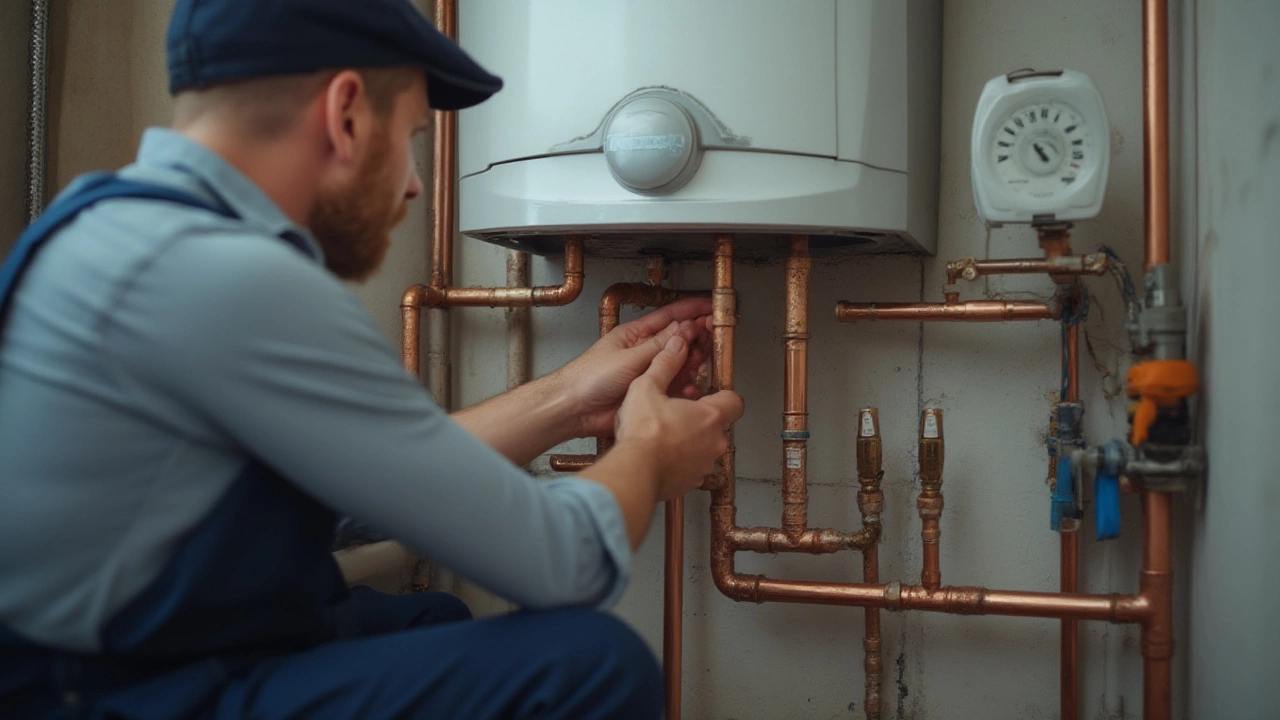
Easy Fixes: Quick Solutions Before Calling for Backup
Believe it or not, most hot water issues don’t require you to be a master plumber. A few smart moves fix a majority of basic headaches.
- Reset the breaker—don’t just look for the tripped switch; click it all the way to OFF, then back to ON.
- Flush your water heater tank. Drain a few gallons with the power or gas turned off. This washes out sediment that can block heat and ruin efficiency.
- Twist the temperature dial slightly up—sometimes, someone sets it too low trying to save energy and forgets.
- Relight the pilot light for gas tanks. If you smell gas, though, stop and call a pro. Don’t force it.
- Clean or swap out a clogged shower head. Mineral buildup can make it feel like only cold water is flowing, even when the heater works fine.
- Toggle the shower valve from hot to cold a few times. Sometimes, an internal gate gets stuck.
For tankless heaters, try powering the unit off and on. Check for error codes and refer to the manufacturer’s website—some units lock up from electrical glitches or air bubbles.
You’d be surprised how many people have hot water again after flushing their tank or clicking a breaker. If you’re still working with a cold shower, things might be beyond a DIY rescue.
Bigger Problems? When to Call a Pro Right Away
Not everything is a simple fix, and sometimes, hesitating costs you more. Water flooding under your heater is an emergency: turn off the power (or gas) and water, and call in the cavalry. If your home smells like rotten eggs (sulfur or gas leak), don’t fiddle with the controls—get out and dial for help. Seemingly minor leaks lead to mold, wood rot, and skyrocketing water bills if you ignore them.
Repeated breaker trips (especially after resets) can mean a failing heating element, thermostat, or something dangerous—don’t keep flipping the switch. Burning or sparking at outlets? Stop. Electrical faults in water heaters cause real fire risks. On gas heaters, if the pilot won’t stay lit even after cleaning, the thermocouple, regulator, or gas valve might need a pro-grade test. And never try to fix a gas control yourself unless you’re licensed; messing with natural gas is deadly business.
Experienced plumbers can also pinpoint hidden issues like cross-connected pipes, hidden valves left closed, or installation mistakes that keep hot water from reaching the shower. They’ve got infrared thermometers that check water temperature on the fly, and can even flush heaters with high-pressure equipment that clears stubborn sludge. The right tech can save you hundreds—sometimes just finding a broken $20 valve behind your bathtub wall.

Tips to Keep Hot Water Flowing All Year—No More Cold Surprises
Hot showers shouldn’t be a rare treat. A little maintenance goes a long way. Here’s what actually works:
- Flush your tank heater every 9–12 months to keep sediment from piling up—this alone boosts heater life by years.
- Test the temperature and pressure relief valve (T&P valve) twice a year. If it won’t open or leaks constantly, swap it out.
- Install a water softener if you have hard water: The U.S. Geological Survey reports that over 85% of American homes have hard water, and softeners slash sediment.
- Set your water heater to 120°F/49°C—it’s safe, saves energy, and prevents scalding or bacteria without risking lukewarm showers.
- Keep at least two feet of clear space around your heater. Don’t pile stuff against it; you’ll need room to spot leaks or allow airflow.
- Every fall, check pipe insulation on your hot water lines. Insulating exposed pipes with foam sleeves costs peanuts and can keep water hotter longer, especially if your heater is in a cold basement or garage.
- Have gas heaters serviced every two years—pros clean burners and check for carbon monoxide leaks that you’d never notice until it’s too late.
If you’re renovating or replacing a heater, look for models with “self-cleaning” or “anti-scale” features. These can stir the tank automatically and stop sediment from settling. Upgrading to a tankless system? They’re up to 34% more efficient for homes using less than 41 gallons daily, says the DOE, but you’ll still need annual scale removal if your water’s hard.
Tracking your hot water use and noting symptoms—like color, smell, or how long hot water lasts—can give you and any future plumber the clues needed to fix the root problem, not just the symptom.
Remember, a sudden cold shower doesn’t always mean buying a new heater. A few simple fixes can restore that hot comfort you crave. Don’t put off maintenance; your future, freshly-showered self will thank you.

